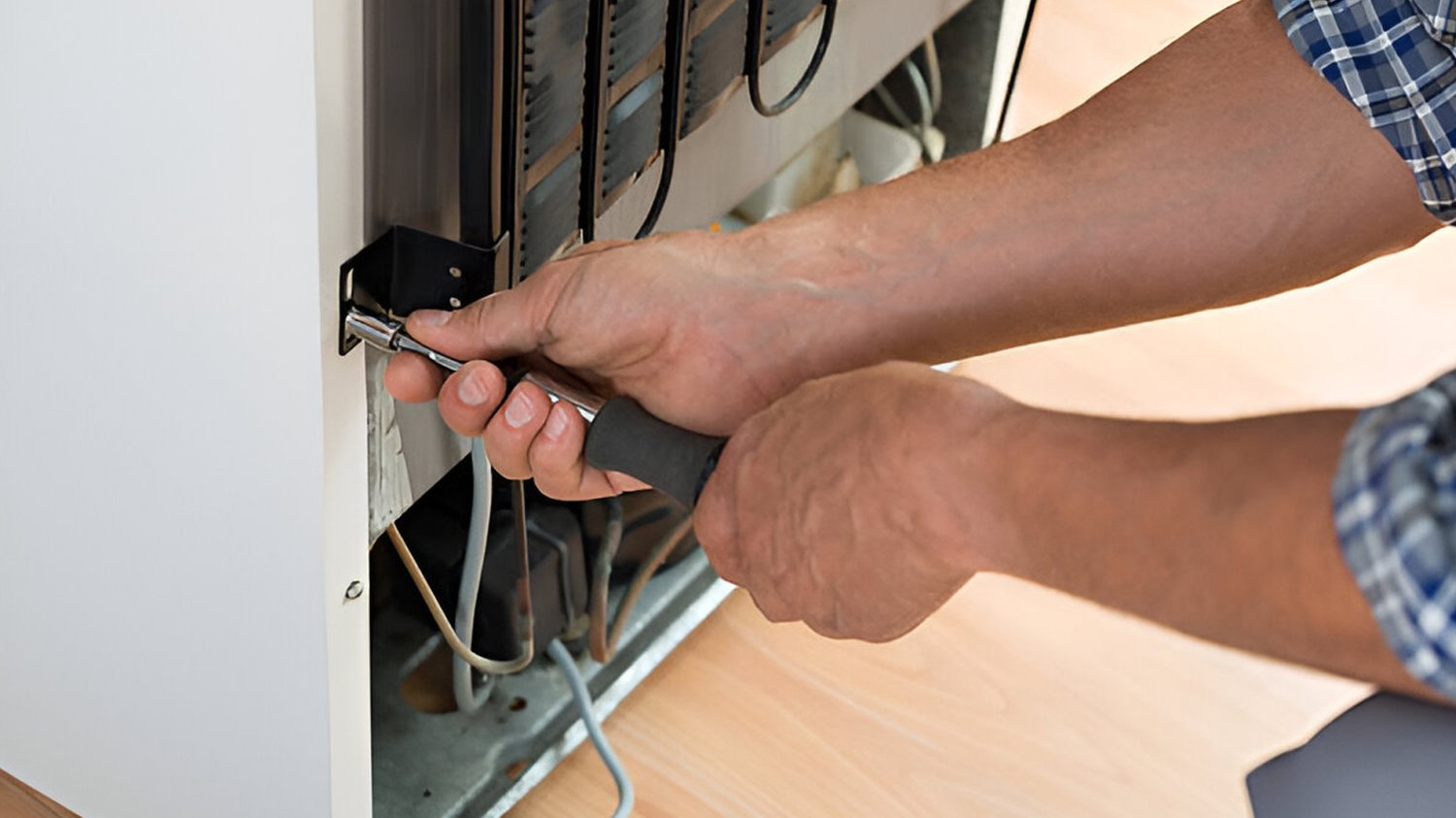Introduction
Your refrigerator is one of the most important appliances in your home and it plays a vital role in keeping your food fresh and safe. To ensure that your refrigerator is working efficiently and effectively, regular maintenance is necessary. In this article, we will discuss the key components of your refrigerator and how to take proper care of them.
1. Compressor
The compressor is the heart of your refrigerator. It is responsible for compressing the refrigerant gas and pumping it through the condenser coils. If the compressor fails, your refrigerator will not be able to cool properly. To keep your compressor running smoothly, it is important to clean the condenser coils regularly and keep the area around the compressor free of dust and debris.
2. Condenser Coils
The condenser coils are located at the back or bottom of your refrigerator. They release the heat absorbed from the inside of the refrigerator into the surrounding air. Over time, these coils can become clogged with dust and debris, which can impede their ability to release heat. To prevent this, vacuum the coils at least twice a year to remove any buildup.
3. Evaporator Coils
The evaporator coils are responsible for absorbing heat and cooling the air inside your refrigerator. Over time, the coils can become frosted over, which can reduce their efficiency and cause the refrigerator to run longer than necessary. Defrosting your refrigerator regularly can help prevent this buildup.
4. Fan
The fan inside your refrigerator helps to circulate the cold air throughout the unit. If the fan isn't working properly, your refrigerator won't be able to maintain a consistent temperature. To ensure proper airflow, clean the fan blades regularly and make sure nothing is blocking the fan.
5. Thermostat
The thermostat is responsible for regulating the temperature inside your refrigerator. If it is faulty or not calibrated properly, your food may not be kept at a safe temperature. To ensure your thermostat is functioning properly, use a thermometer to check the temperature inside your refrigerator and make any necessary adjustments.
6. Door Gaskets
The door gaskets create an airtight seal around the refrigerator door. Over time, they can become cracked or warped, which can allow warm air to enter the refrigerator. To prevent this, clean the gaskets regularly and check for any signs of wear and tear. Replace them if necessary.
7. Water Filter
If your refrigerator has a water dispenser or an ice maker, it is important to change the water filter regularly. A clogged filter can reduce the quality of your water and ice, and it can also damage your refrigerator's internal components.
8. Ice Maker
The ice maker is responsible for producing ice cubes. Over time, the ice maker can become clogged with mineral buildup. To prevent this, clean the ice maker regularly and change the water filter as directed by the manufacturer.
9. Drain Pan
The drain pan collects any excess water that drips from the evaporator coils during defrost cycles. Over time, the pan can become clogged with debris or mold. To prevent this, clean the drain pan regularly and make sure the drain line is clear.
10. Power Cord
The power cord connects your refrigerator to the electrical outlet. If the cord becomes damaged, it can create a fire hazard. To prevent this, check the power cord regularly and replace it if you notice any signs of wear and tear.
Conclusion
Maintaining your refrigerator is essential to ensure it runs efficiently and lasts for as long as possible. By following these simple tips and regularly inspecting and cleaning the various components of your refrigerator, you can ensure that your food stays fresh and safe, and that your refrigerator continues to work effectively for years to come.

